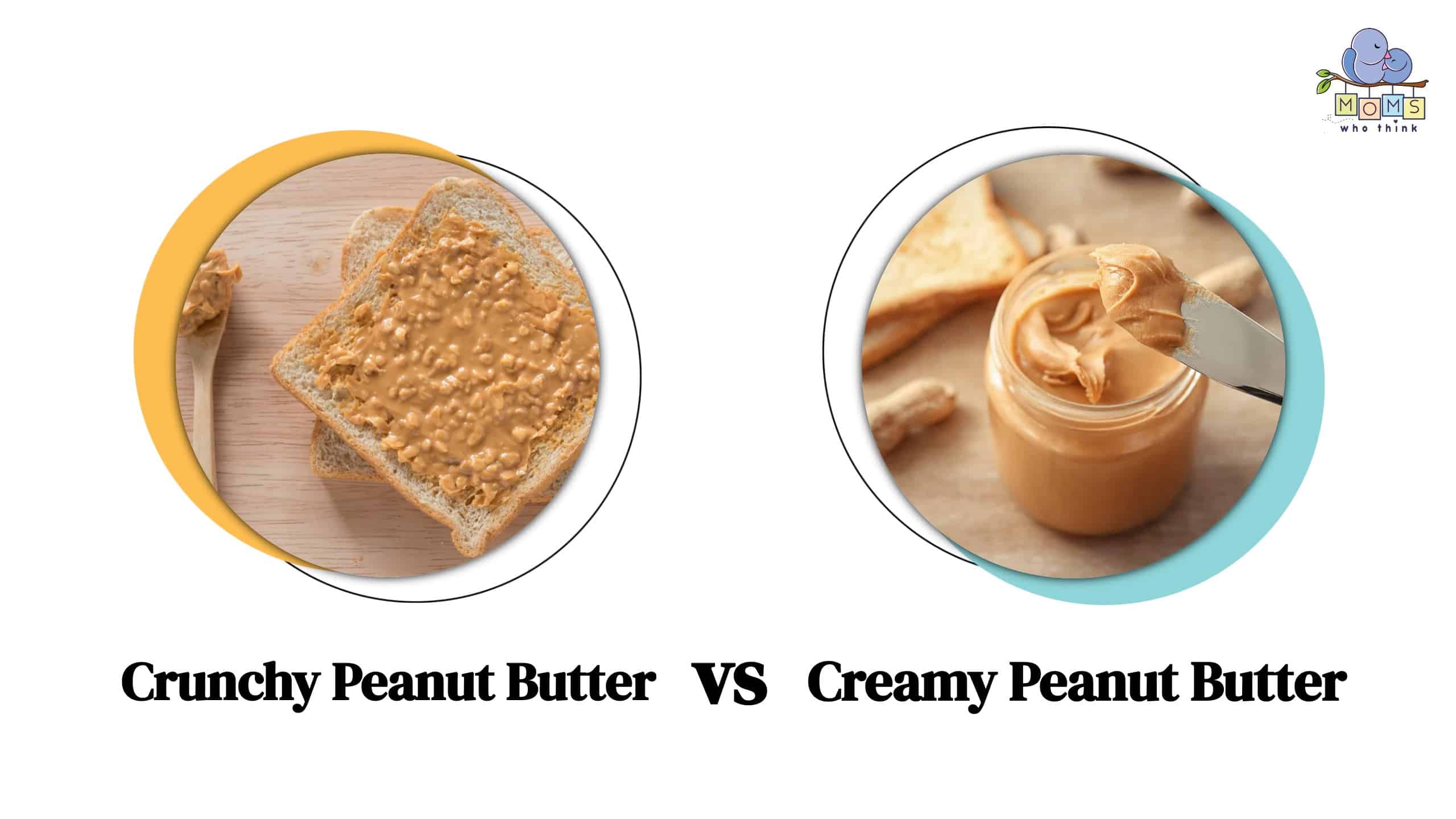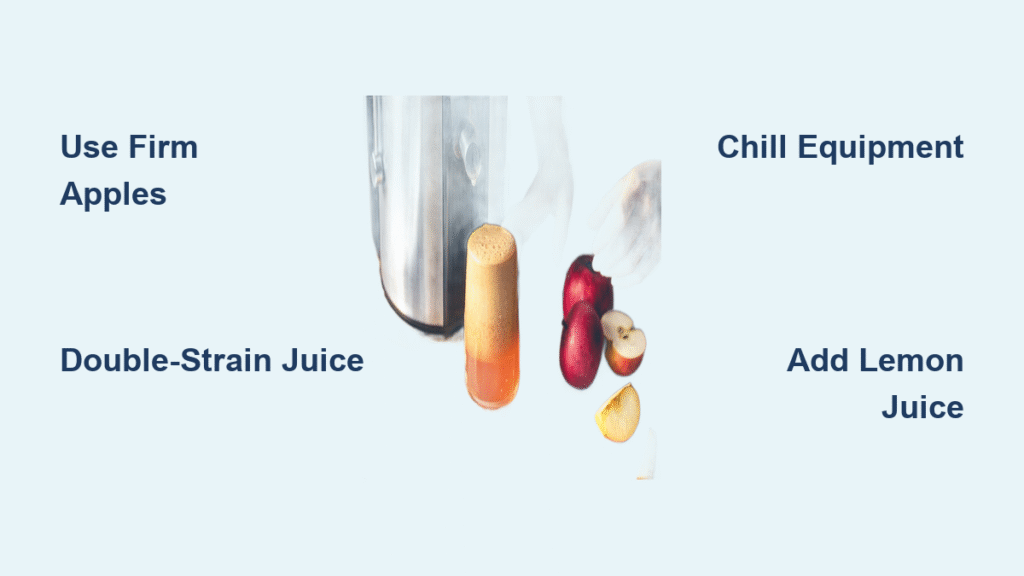Your Vitamix can transform plain peanuts into velvety, preservative-free peanut butter faster than you can drive to the grocery store. Skip the $8 jars loaded with hydrogenated oils and sugar—this one-ingredient wonder requires just dry-roasted peanuts and 90 seconds of active time. I’ve made over 50 batches testing every variable, and the results are shockingly smooth with zero additives.
Forget complicated recipes or special attachments. Your high-powered blender leverages friction heat to release natural peanut oils, creating silky perfection without added fats. This guide reveals the exact tamper technique, peanut selection secrets, and troubleshooting fixes that turn beginners into nut butter pros. You’ll never buy store-bought again once you taste fresh, warm peanut butter straight from your Vitamix.
Vitamix Setup: Non-Negotiable Equipment Checklist

Your Vitamix is the only appliance that consistently delivers restaurant-quality peanut butter in under 2 minutes. Standard blenders stall under the load, while food processors require 4-5 minutes of pulsing with frequent cooling breaks. The critical difference? Your machine’s 2-3 horsepower motor combined with the tamper’s vortex-pulling power.
Must-have items:
– Vitamix container (64-oz for 3-4 cup batches; 48-oz for smaller 2-cup runs)
– Tamper (use continuously—this prevents dry clumps)
– Glass jar (sterilized with boiling water for storage)
– Rubber spatula (for scraping warm butter post-blend)
Pro Tip: Skip the center lid plug during blending. This opening lets you safely insert the tamper while the machine runs—a game-changer for texture control.
Why Container Size Dictates Success
Using the wrong container guarantees failure. The 48-oz container’s narrower base creates stronger downward suction for 2-cup batches, while the 64-oz model handles larger volumes without overheating. Never use the 32-oz container—it lacks the depth needed to circulate peanuts properly. Fill containers to the 2-cup minimum line; below this, peanuts won’t form the whirlpool effect required for emulsification.
Peanut Selection: Avoid These Costly Mistakes
Choose dry-roasted, unsalted peanuts only—this is non-negotiable. Honey-roasted or salted varieties contain sugars that crystallize during blending, creating a gritty, separated mess. Raw peanuts work but require pre-roasting: spread on a baking sheet at 350°F for 8-10 minutes until golden. Stale peanuts (more than 3 months old) won’t release oils properly, yielding crumbly butter.
Buy from high-turnover sources: Warehouse stores like Costco or bulk bins at natural grocers. Check for freshness by snapping a peanut in half—it should feel dense and moist, not dry or brittle. For best results, avoid oil-roasted peanuts; their surface oil interferes with the Vitamix’s natural oil-release process.
Quantity Rules for Perfect Texture
- Minimum: 2 cups peanuts (yields 1 cup butter)
- Ideal: 3 cups (yields 1.5 cups)
- Maximum: 4 cups (yields 2 cups)
Going below 2 cups starves the vortex, causing uneven grinding. Exceeding 4 cups overworks the motor. Measure peanuts before roasting—they lose 10% volume when roasted. Never mix peanut types (e.g., Spanish + Virginia)—their varying oil contents cause separation.
90-Second Blending Method: Step-by-Step Breakdown
Step 1: Load Correctly and Start Slow
Add peanuts (plus ⅛ tsp salt if desired) to your dry container. Secure the lid without the center plug. Begin at Speed 1, immediately ramping to Speed 6 for 15 seconds. You’ll hear coarse crumbs forming—that’s your cue to escalate.
Step 2: Master the Tamper Technique
Crank to Speed 10. Press the tamper straight down through the center hole with firm, steady pressure—not sideways. Imagine guiding traffic: push peanuts toward the blade in smooth, circular motions. This isn’t stirring; it’s forcing material into the blade’s cutting zone. Stop if you hear metal-on-metal sounds (container isn’t locked).
Step 3: Watch Critical Texture Stages
0-30 seconds: Peanuts pulverize into fine powder (like coarse sand)
30-60 seconds: Powder clumps into a thick paste that sticks to container walls
60-90 seconds: Paste liquefies into glossy waves swirling around the blade
Visual Cue: When the mixture pulls away from the sides and forms a swirling “U” shape, it’s done. Over-blending beyond 2 minutes heats the butter excessively, causing oil separation.
Step 4: Final Polish and Flavoring
Drop to Speed 5 for 10 seconds to eliminate graininess. Only now add flavorings:
– 1 tbsp honey or maple syrup (blend 5 seconds max)
– 1 tsp cinnamon or vanilla extract (blend 3 seconds)
– Pinch of cayenne for spicy kick
NEVER add oil—it sabotages the natural emulsification. Sweeteners added too early cause thickening; always incorporate after smooth texture forms.
Storage Hacks for 6-Month Freshness
Room temperature: Store in upside-down glass jars for 2 weeks. The inverted position lets separated oil reabsorb when flipped upright. Stir only when jar is right-side up—never invert during storage.
Refrigeration: Extends life to 6 months but firms texture. Microwave for 10 seconds or let sit at room temperature 30 minutes before spreading. Never store in plastic—it absorbs peanut odors permanently.
Pro Tip: Freeze portions in ice cube trays, then transfer cubes to ziplock bags. Thaw overnight in the fridge for perfect texture every time.
Instant Vitamix Cleaning Trick
Skip scrubbing: add 1 cup hot water + ½ tsp dish soap to the container. Blend on High for 60 seconds—peanut residue vanishes instantly. For stubborn residue, repeat once. Never soak the container; water seeps into the blade assembly and rusts bearings. Clean while warm (not hot) for fastest results.
Troubleshooting Grainy or Separated Butter

Problem: Butter won’t smooth out after 90 seconds
Fix: Blend 30-60 seconds longer at Speed 8. Stale peanuts need extra time to release oils.
Problem: Dry, crumbly texture
Cause: Too few peanuts (<2 cups) or stale nuts
Fix: Add ¼ cup fresh peanuts and restart blending.
Problem: Oily separation
Cause: Over-blending or adding sweeteners too early
Fix: Stir vigorously with a spoon—no reprocessing needed. Future batches: blend flavorings for ≤5 seconds.
Problem: Machine overheating
Cause: Exceeding 4 cups or skipping tamper use
Fix: Let motor cool 15 minutes, then restart with proper volume.
Beyond Basic: 4 Creative Uses for Fresh Butter

Transform your batch into:
– Thai Peanut Sauce: Blend with 2 tbsp soy sauce, 1 tbsp lime juice, and 1 tsp sriracha
– Peanut Butter Hummus: Pulse ½ cup chickpeas + ½ cup butter until creamy
– Energy Balls: Mix 1 cup butter + 1 cup oats + 3 tbsp honey; roll into 1-inch balls
– Protein Smoothie Base: Blend 2 tbsp butter + 1 frozen banana + 1 cup almond milk
Each tablespoon delivers 2g protein with zero added sugars—unlike store brands packing 3g sugar per serving. Your version is naturally gluten-free, dairy-free, and vegan.
Quality Check: Is Your Butter Perfect?
Pass the spoon test: Scoop butter and draw a line through it. Perfect texture fills the groove slowly (5-10 seconds). If it holds a rigid peak, blend 15 seconds longer.
Smell test: Should smell like warm, roasted peanuts—not sour or cardboard-like (sign of rancid nuts). Discard if off-odors persist after blending.
Color check: Light golden-brown indicates proper roasting. Dark brown means peanuts were over-roasted pre-blend.
Final Pro Tips for Foolproof Results
- Roast your own peanuts for maximum flavor control (350°F for 8 minutes)
- Buy in bulk from stores with high turnover—peanuts go stale fast
- Label jars with the date; flavor peaks at 7 days, declines after 3 weeks
- Save money: Homemade costs $0.35/oz vs. $0.65/oz for natural store brands
Your Vitamix isn’t just a blender—it’s a nut butter factory. Once you taste warm, fresh peanut butter with that unmistakable roasted aroma, the $8 jar aisle will feel like a relic. The cleanup takes less time than driving to the store, and your kids will beg you to make batches weekly. Start with 2 cups of peanuts tonight—you’ll have silky-smooth butter on toast before this article loads a second time.





